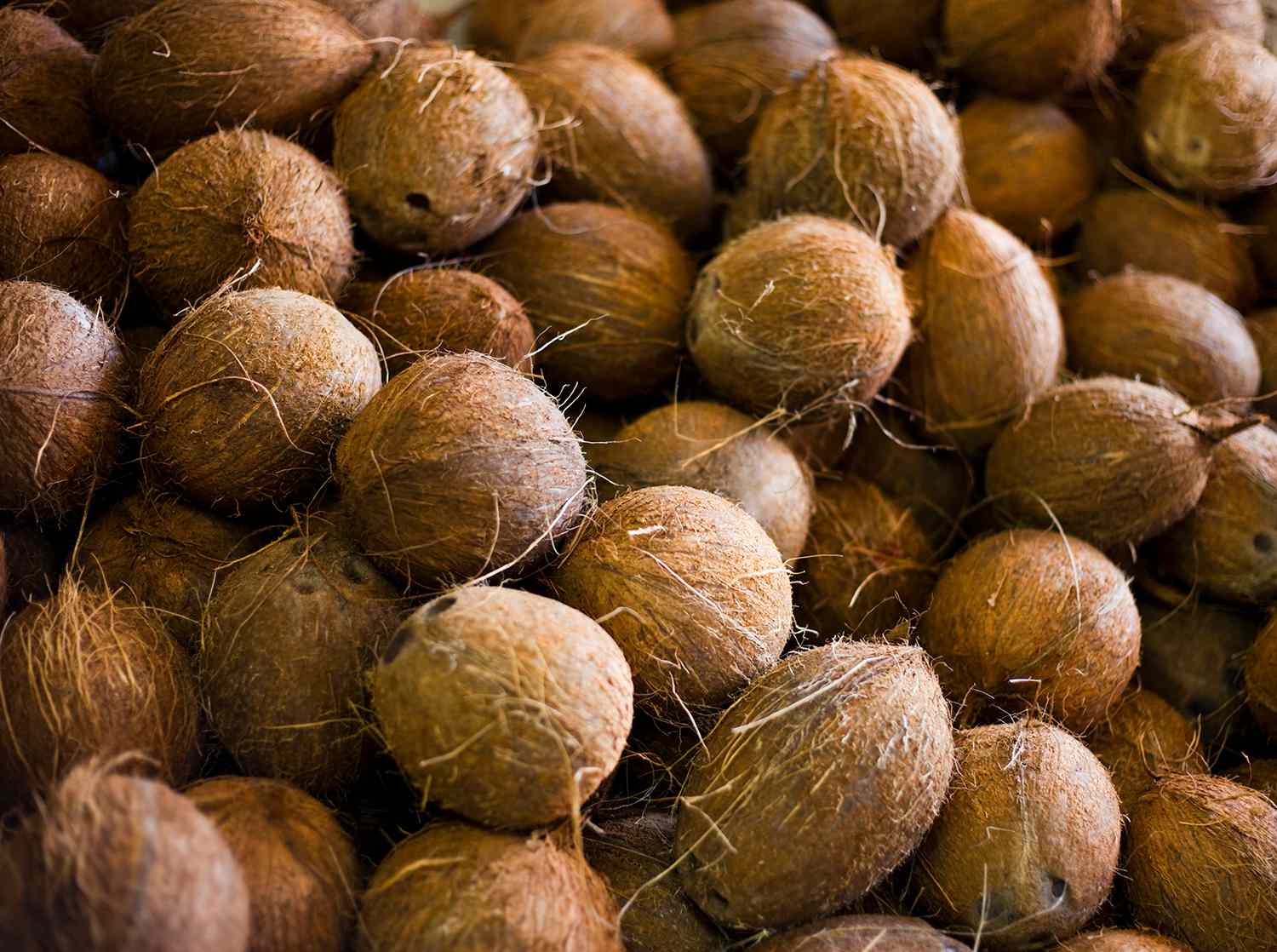

Articles
How To Store Coconut
Modified: February 23, 2024
Discover helpful articles on how to store coconut and keep it fresh for longer. Explore expert tips and techniques for storing coconut effectively.
(Many of the links in this article redirect to a specific reviewed product. Your purchase of these products through affiliate links helps to generate commission for Storables.com, at no extra cost. Learn more)
Introduction
Coconut is a versatile and nutritious ingredient that is widely used in various cuisines around the world. Whether you enjoy it as a snack, use it in baking and cooking, or make your own coconut products, storing coconut properly is crucial to maintain its freshness and flavor. In this article, we will guide you on how to store coconut effectively to prolong its shelf life and ensure its quality.
When it comes to storing coconut, there are different methods depending on the form in which you have it – whole coconuts, grated or shredded coconut, coconut milk or cream, or homemade coconut products like oil and flour. Each form requires specific storage techniques to keep it fresh and prevent spoilage. By following these guidelines, you can enjoy the goodness of coconut for an extended period.
Disclaimer: Before storing any coconut product, always check for any signs of spoilage, such as mold or an off smell. Discard any coconut that appears to be spoiled, as it can cause health risks.
Now, let’s explore the various ways to store coconut to ensure its longevity and retain its flavor and nutritional value.
Key Takeaways:
- Store whole coconuts in a cool, well-ventilated area, and grated coconut in airtight containers. Regularly inspect for spoilage and consider freezing for longer shelf life.
- Properly label and date stored coconut, and use the FIFO principle to maintain freshness. Follow storage guidelines to enjoy coconut’s delicious taste and benefits for an extended period.
Read more: How To Store A Coconut
Choosing and Buying Coconuts
When buying coconuts, it’s essential to select ripe and fresh ones to ensure the best flavor and quality. Here are some tips to help you choose the right coconuts:
- Look for coconuts with a brown, hairy outer shell. Avoid green ones, as they are not fully ripe.
- Gently shake the coconut. If you hear sloshing sounds, it indicates that there is a lot of liquid inside, which is a sign of freshness.
- Inspect the eyes or pores of the coconut. They should be firm and dry, not wet or moldy.
- Avoid coconuts with cracks or soft spots, as they may be overripe or damaged.
Once you have purchased your coconuts, it’s time to prepare them for storage.
Prepping the Coconuts for Storage
Before storing coconuts, it’s important to properly prepare them to ensure their freshness and longevity. Here’s how you can prep the coconuts for storage:
- Start by removing the outer husk of the coconut. You can do this by hitting the coconut against a hard surface or using a hammer to crack it open. Be careful not to damage the inner shell.
- Once the outer husk is removed, you will be left with the brown, hard shell. To open it, you can use a screwdriver or a blunt knife to pry it open at the eyes or pores. Be gentle to avoid damaging the flesh inside.
- After opening the coconut, drain the liquid into a separate container. This liquid, also known as coconut water, can be consumed as a refreshing beverage or used in various recipes.
- To extract the coconut flesh, use a spoon or a coconut scraper to separate it from the inner shell. The flesh can be left in large chunks or grated, depending on your preference and intended use.
Once you have prepped the coconuts, you can proceed with storing them according to their specific form.
Storing Whole Coconuts
If you have whole coconuts that you want to store for later use, follow these steps to ensure their freshness:
- Ensure that the coconuts are fully dry before storing them. Moisture can cause the coconuts to spoil quickly.
- Find a cool and well-ventilated area for storage, such as a pantry or cellar. Avoid storing them in direct sunlight or humid places.
- Place the coconuts on a flat surface, preferably with some space between them to allow for air circulation.
- Inspect the coconuts regularly for any signs of spoilage, such as mold or an unpleasant odor. Remove any spoiled coconuts immediately to prevent them from contaminating the rest.
- When stored properly, whole coconuts can last for several weeks, depending on their freshness at the time of purchase.
Remember to check the quality of the stored coconuts before using them. If you notice any signs of spoilage, it’s best to discard them to avoid any health risks.
Now, let’s move on to storing grated or shredded coconut.
Storing Grated or Shredded Coconut
If you have grated or shredded coconut that you want to store, follow these guidelines to maintain its freshness:
- Before storing, make sure that the grated or shredded coconut is completely dry. Excess moisture can lead to spoilage.
- Transfer the coconut into an airtight container or resealable bag. Squeeze out any excess air before sealing it to prevent the coconut from getting stale.
- Label the container or bag with the date of storage to keep track of its freshness.
- Store the grated or shredded coconut in a cool, dark place, such as a pantry or cupboard. Avoid exposing it to direct sunlight or high temperatures.
- Check the coconut regularly for any signs of spoilage, such as a foul odor or mold. If you notice any, discard the entire batch to prevent contamination.
- When stored properly, grated or shredded coconut can last for several months. However, its quality may deteriorate over time, so it’s best to consume it within a reasonable period.
It’s worth noting that freezing grated or shredded coconut is also an option if you want to extend its shelf life. Simply place it in a freezer-safe container or bag and store it in the freezer. Frozen coconut can last for up to a year.
Next, we’ll explore the storage methods for coconut milk or cream.
Store coconut in a cool, dry place, away from direct sunlight. If the coconut is opened, store it in the refrigerator in an airtight container for up to 4 days. If unopened, it can be stored at room temperature for up to 2 months.
Read more: How To Store Coconut Oil
Storing Coconut Milk or Cream
Coconut milk or cream is a popular ingredient in many recipes, including curries, desserts, and beverages. If you have leftover coconut milk or cream or want to store them for future use, follow these steps to keep them fresh:
- Transfer the leftover coconut milk or cream into an airtight container. If you’re using canned coconut milk, you can store it directly in the can, as long as it’s sealed tightly.
- Label the container with the date of storage to keep track of its freshness.
- Place the container in the refrigerator. The cooler temperature will help slow down the spoilage process.
- Use the coconut milk or cream within 3-4 days for the best flavor and quality. Over time, it may start to separate or develop a sour taste.
- If you have a large amount of coconut milk or cream that you won’t be able to use within a few days, consider freezing it. Pour the coconut milk or cream into ice cube trays or freezer-safe containers and store them in the freezer. Frozen coconut milk or cream can last for up to 3 months.
- Thaw frozen coconut milk or cream in the refrigerator overnight before using it. Avoid using a microwave to defrost it, as it may affect its texture and taste.
Remember to give the stored coconut milk or cream a gentle shake or stir before using it, as separation may occur during storage. If you notice any off odors or unusual colors, discard it immediately.
Now, let’s move on to the storage methods for homemade coconut products.
Storing Homemade Coconut Products
If you enjoy making your own coconut products like coconut oil, coconut flour, or coconut butter, proper storage is essential to maintain their quality and freshness. Here are some tips for storing homemade coconut products:
- Ensure that the homemade coconut products are completely cooled before storing them.
- Transfer the coconut products into clean and dry airtight containers. Glass jars or plastic containers with tight-fitting lids work well for this purpose.
- Label the containers with the date of preparation to keep track of their freshness.
- Store the homemade coconut products in a cool and dark place, such as a pantry or cupboard. Avoid exposing them to direct sunlight or high temperatures.
- Check the products regularly for any signs of spoilage, such as mold or an off smell. If you notice any, discard the entire batch to prevent any health risks.
- Depending on the specific homemade coconut product, they can typically last from a few weeks to several months when stored properly.
It’s also important to note that homemade coconut oil may solidify at cooler temperatures. If this occurs, simply place the container in a warm water bath or gently heat it to return the oil to its liquid state.
By following these storage guidelines, you can enjoy the benefits and flavors of your homemade coconut products for an extended period.
Now, let’s move on to some tips for extending the shelf life of coconut in general.
Tips for Extending the Shelf Life of Coconut
To ensure that your coconut stays fresh and maintains its quality for as long as possible, consider these helpful tips:
- Clean and dry: Before storing any form of coconut, make sure it is clean and completely dry. Moisture can lead to mold and spoilage.
- Airtight containers: Use airtight containers or resealable bags to store grated or shredded coconut, coconut milk or cream, and homemade coconut products. This prevents air and moisture from entering, keeping the coconut fresh for longer.
- Cool and dark storage: Find a cool and dark place, such as a pantry or cupboard, for storing all forms of coconut. Avoid exposure to direct sunlight or high temperatures, as they can accelerate spoilage.
- Regular inspection: Check your stored coconuts, grated or shredded coconut, coconut milk or cream, and homemade coconut products regularly. Look out for any signs of spoilage, such as mold, off odors, or changes in color or texture. Discard any coconut that shows these signs.
- Proper handling: When using coconut, practice good hygiene. Always use clean utensils to scoop out or handle it to prevent contamination.
- Freezing: If you need to extend the shelf life of coconut, consider freezing it. Grated or shredded coconut, coconut milk or cream, and some homemade coconut products can be frozen for longer storage. Ensure they are stored in airtight containers or freezer-safe bags.
- Label and date: Properly label your stored coconut to keep track of its freshness. Write the date of storage on the containers to know when they need to be used or discarded.
- Use FIFO: When using your stored coconut, practice the “first in, first out” (FIFO) principle. Use the oldest coconut first to prevent it from sitting for too long and losing freshness.
By implementing these tips, you can maximize the shelf life of your coconut and enjoy its delicious taste and nutritional benefits for an extended period.
Before we conclude, let’s recap what we’ve learned about storing coconut.
Conclusion
Storing coconut properly is essential to maintain its freshness, flavor, and nutritional value. Whether you have whole coconuts, grated or shredded coconut, coconut milk or cream, or homemade coconut products, following the right storage techniques can significantly extend their shelf life.
When choosing and buying coconuts, look for ripe ones with a brown, hairy outer shell and no cracks or soft spots. Prepping the coconuts involves removing the outer husk, opening the shell, draining the liquid, and extracting the flesh. Store whole coconuts in a cool and well-ventilated area, while grated or shredded coconut can be stored in airtight containers or freezer bags. Coconut milk or cream should be refrigerated in sealed containers or frozen for longer storage. Homemade coconut products require proper cooling and storage in airtight containers.
To prolong the shelf life of coconut, keep it clean and dry, use airtight containers, store in a cool and dark place, inspect regularly for spoilage, practice proper handling, and consider freezing for longer storage. Labeling and using the FIFO principle also help in maintaining its freshness.
By following these storage guidelines and tips, you can enjoy the delicious taste and benefits of coconut for an extended period. Always remember to check for any signs of spoilage before consuming coconut products and discard any that appear to be spoiled.
So, go ahead and store your coconuts correctly to savor the tropical goodness in your recipes and enjoy its versatile uses in various cuisines. Get creative and explore the world of coconut with confidence, knowing that you can store it properly for future culinary adventures!
Frequently Asked Questions about How To Store Coconut
Was this page helpful?
At Storables.com, we guarantee accurate and reliable information. Our content, validated by Expert Board Contributors, is crafted following stringent Editorial Policies. We're committed to providing you with well-researched, expert-backed insights for all your informational needs.

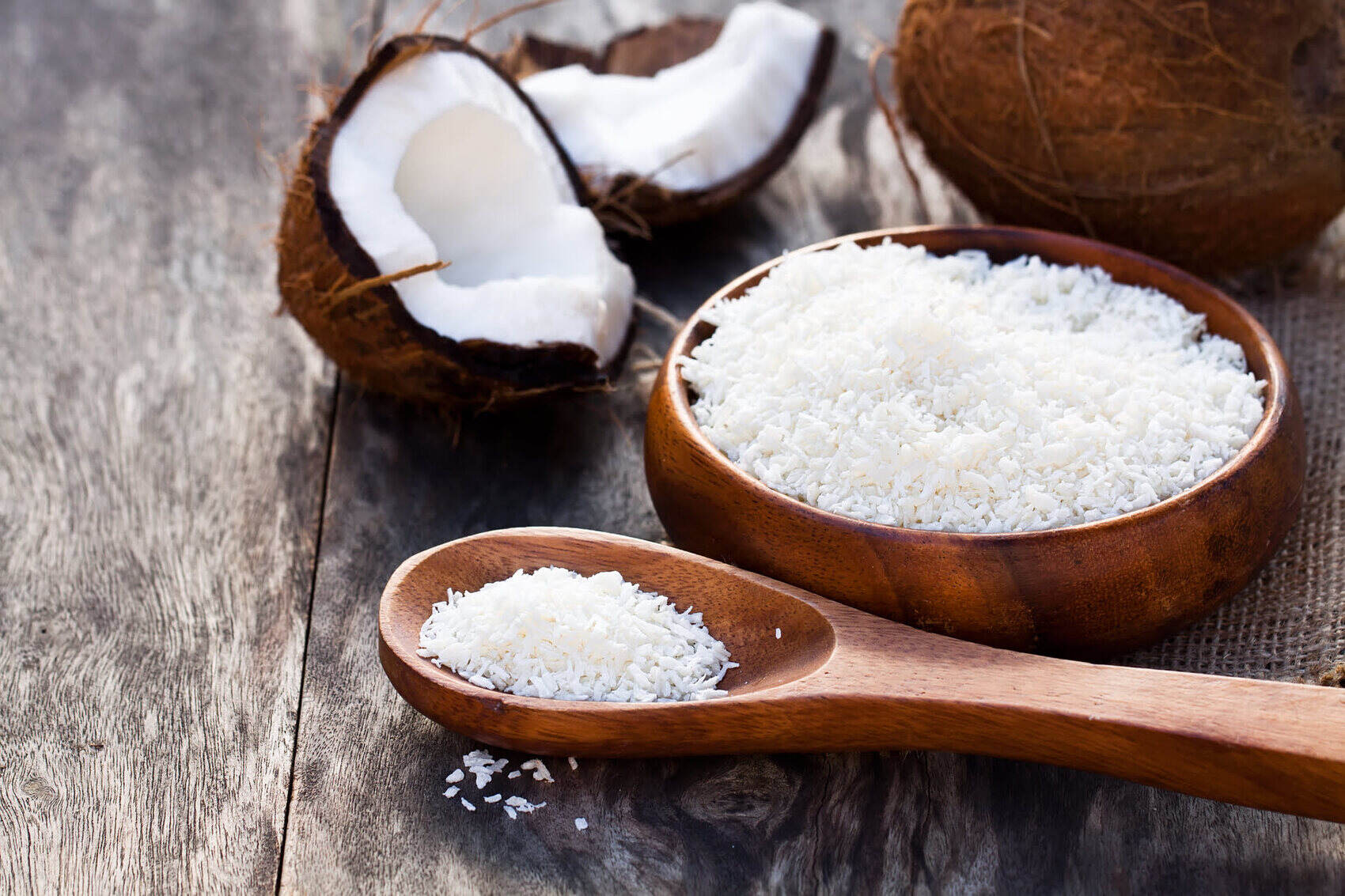
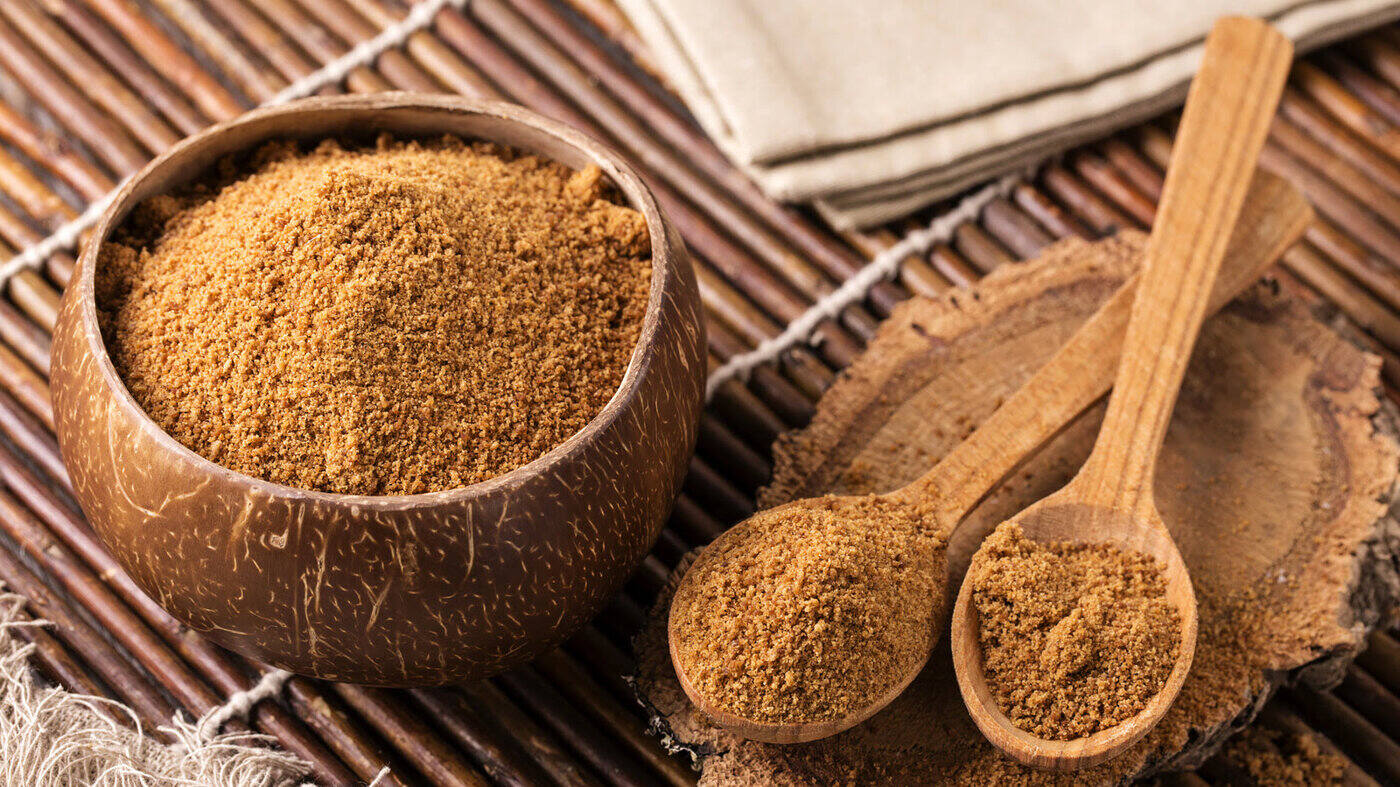
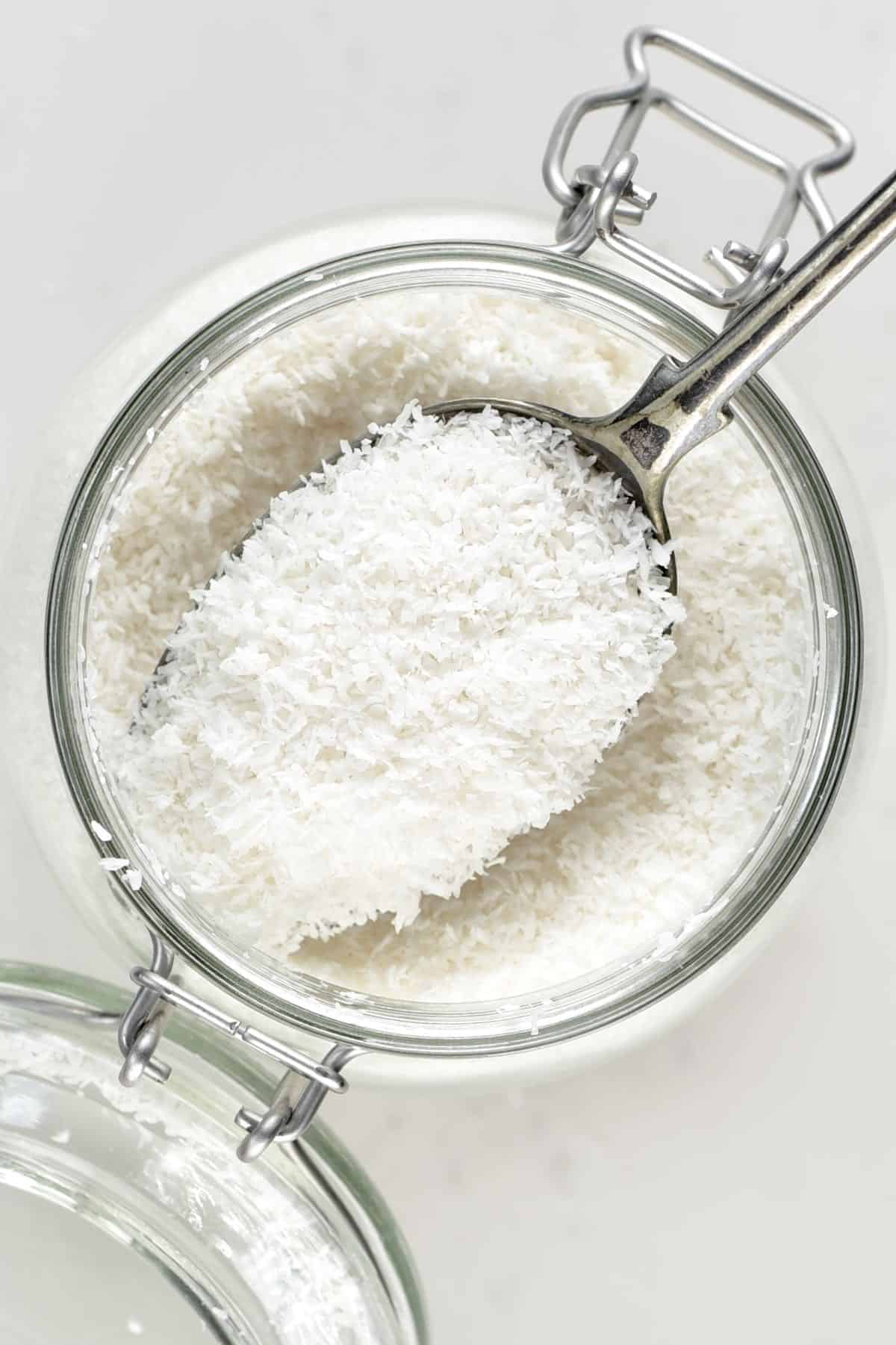
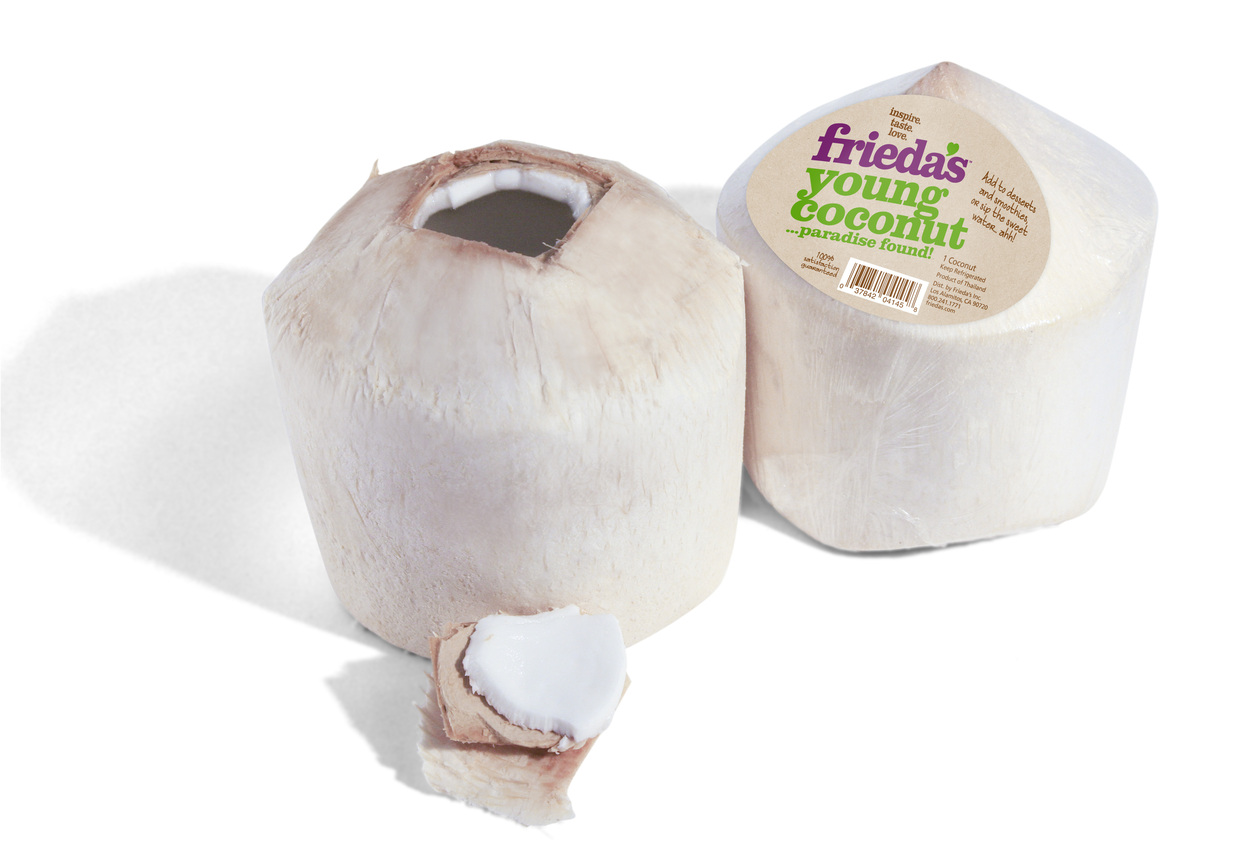
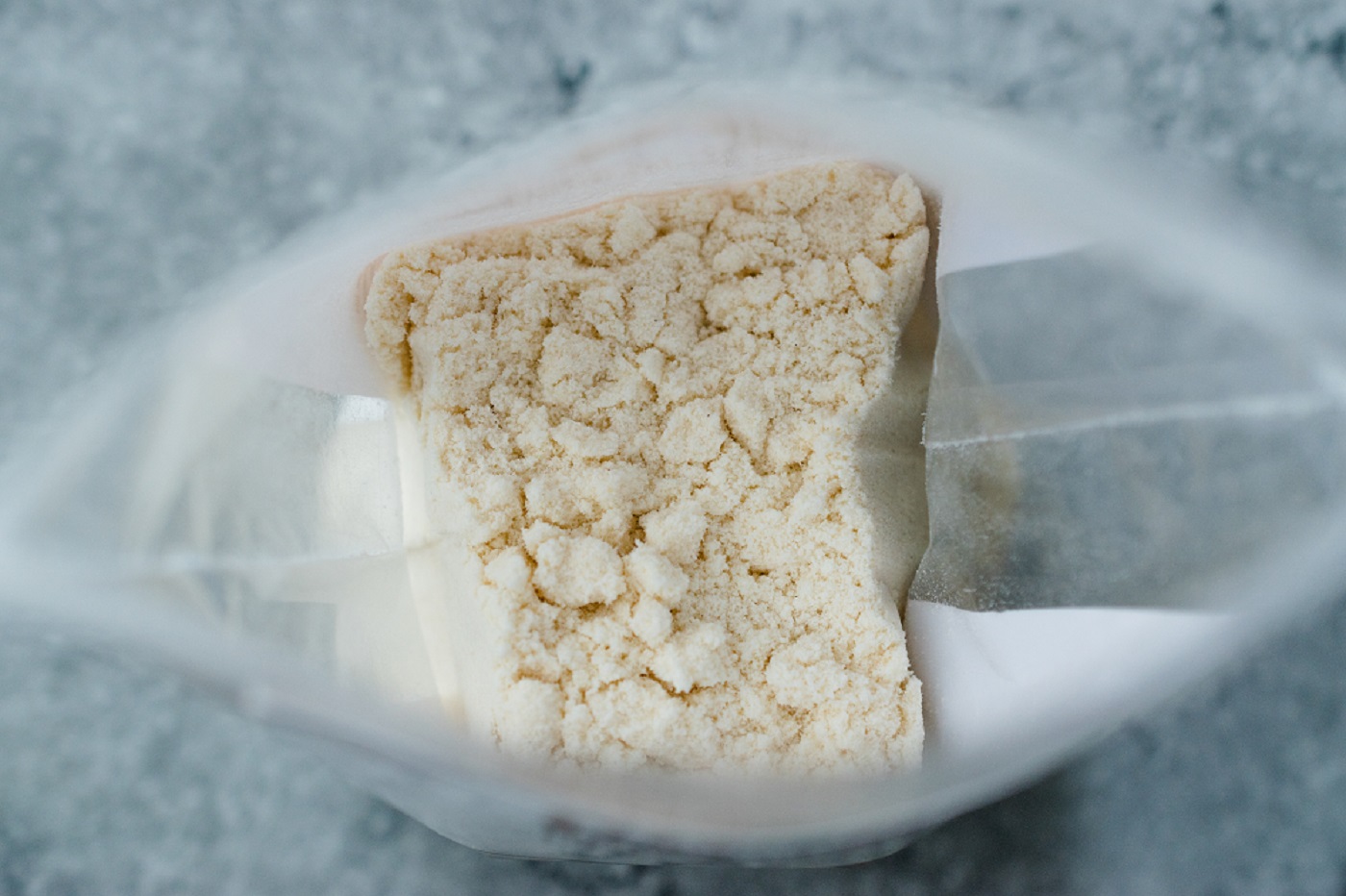
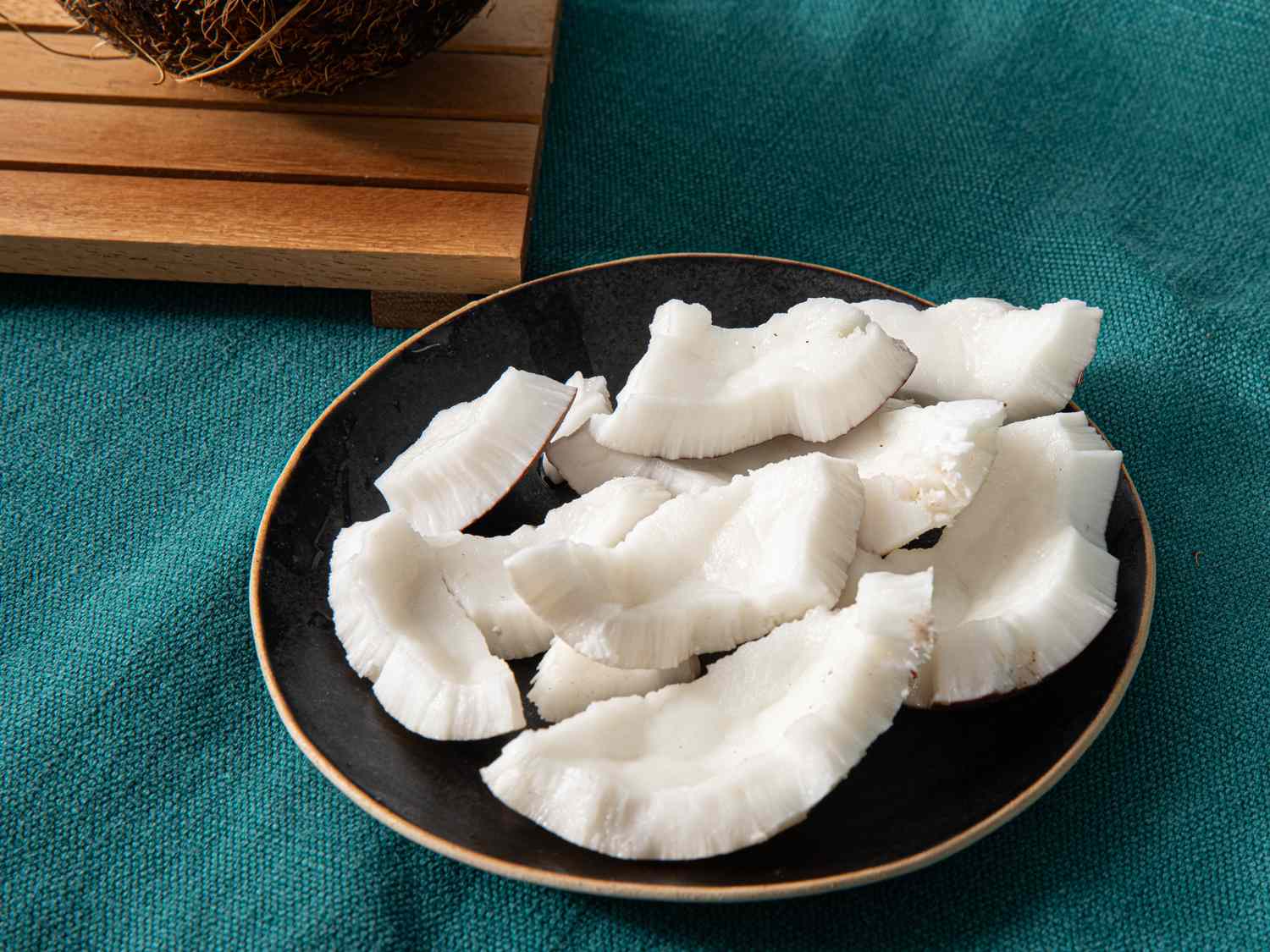
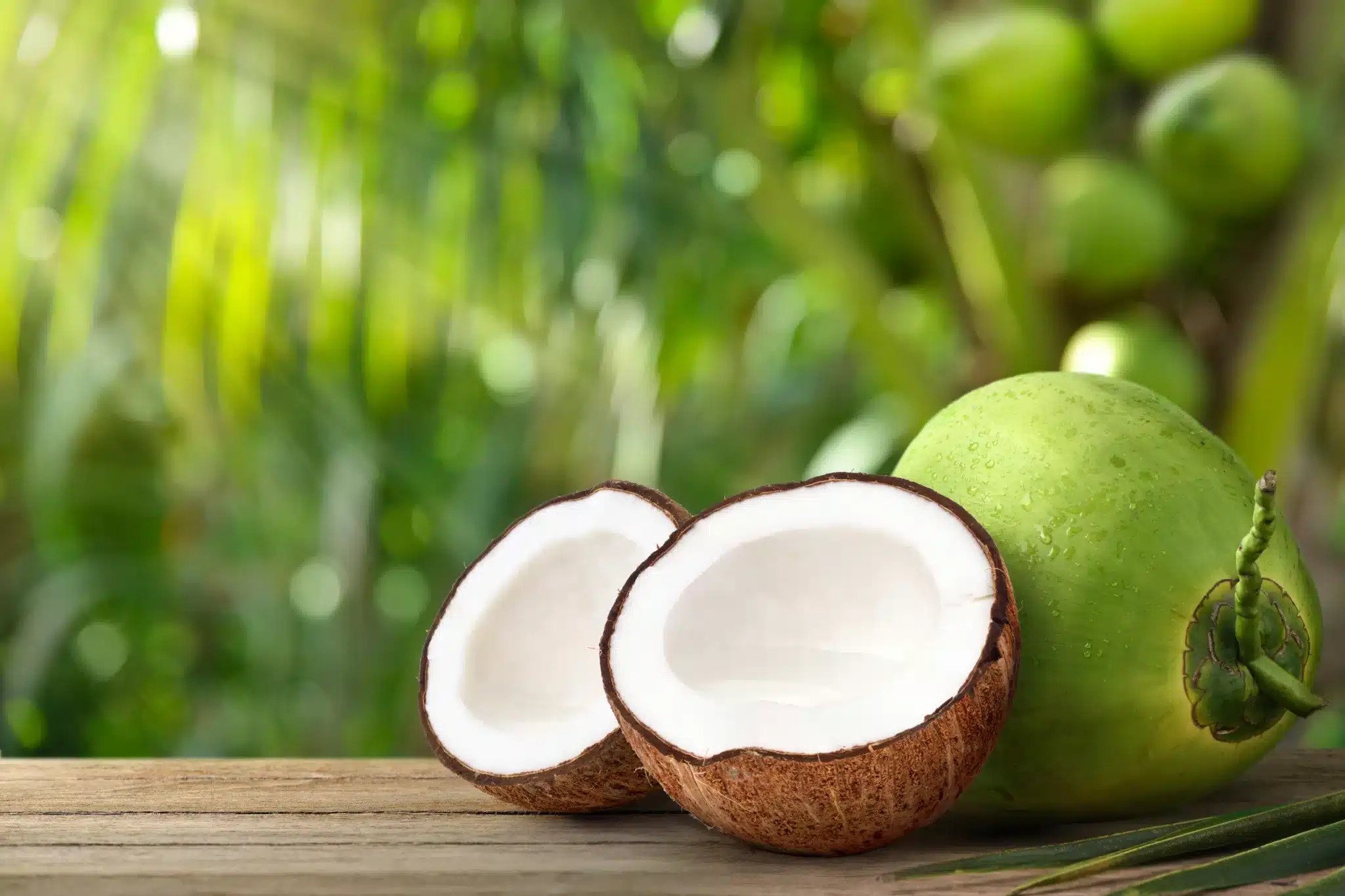
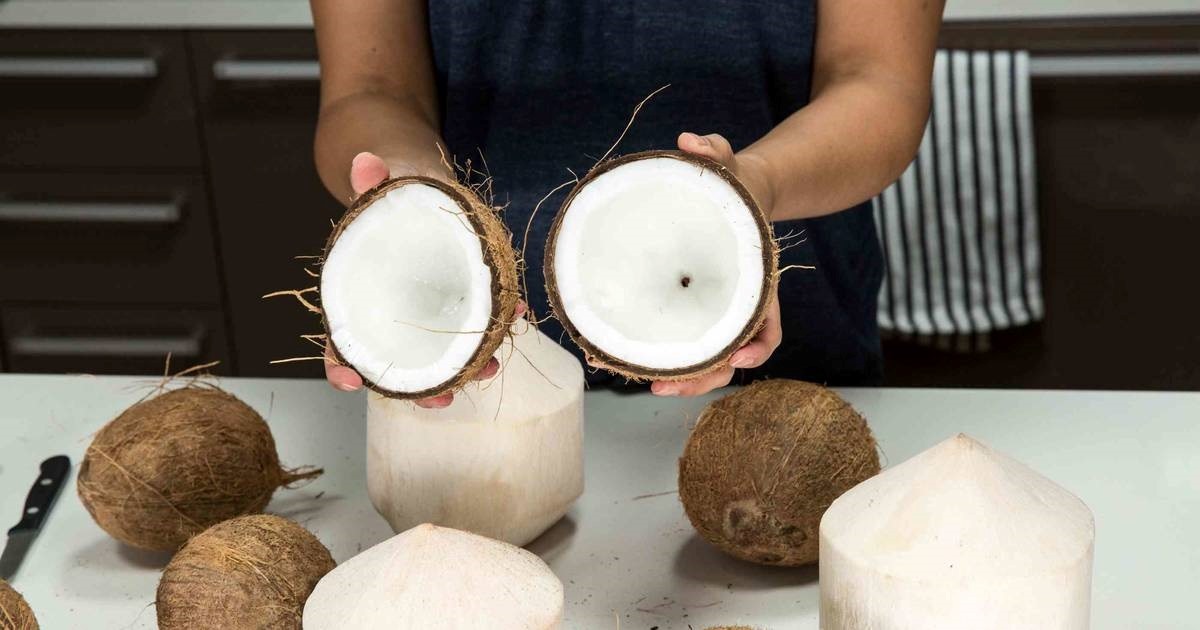

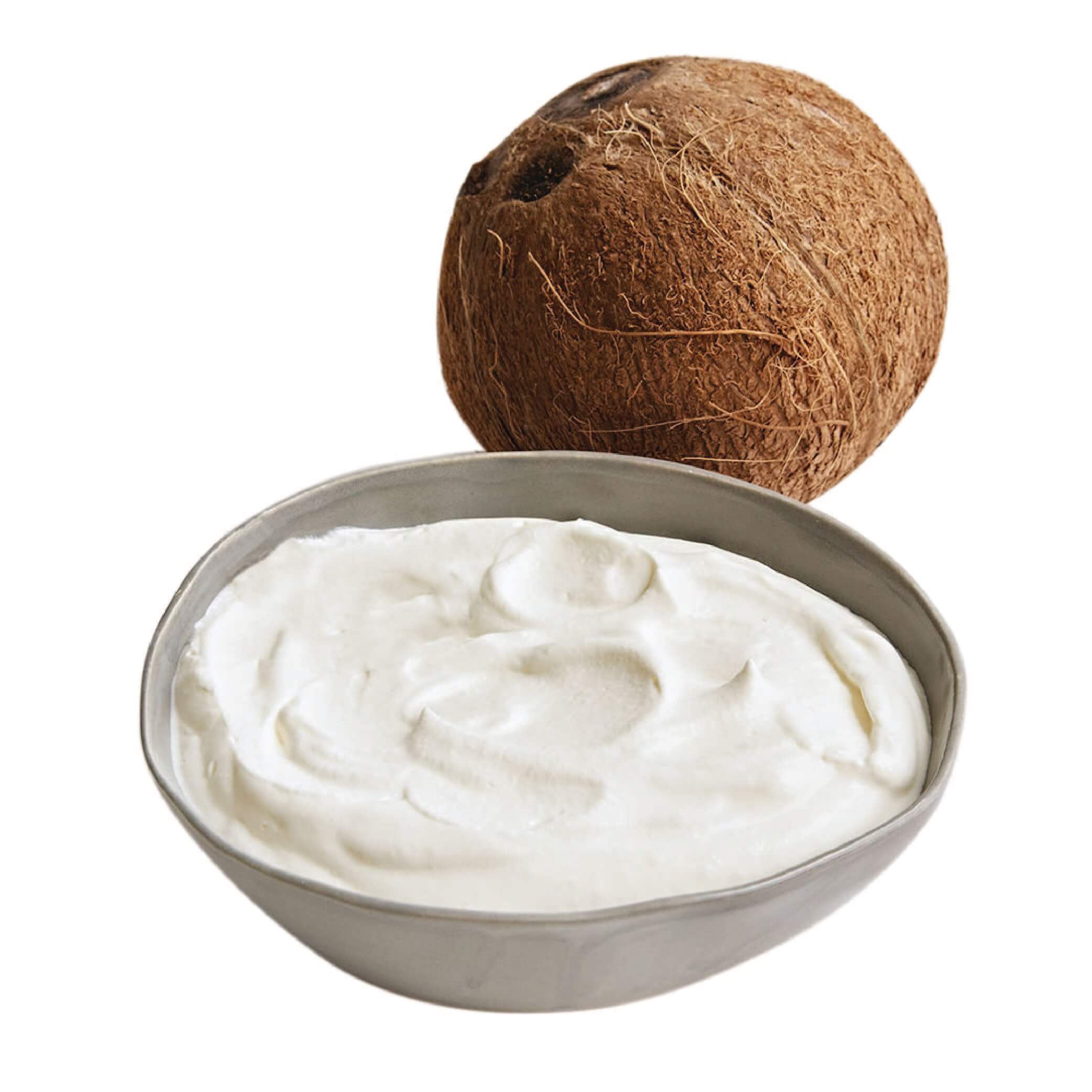
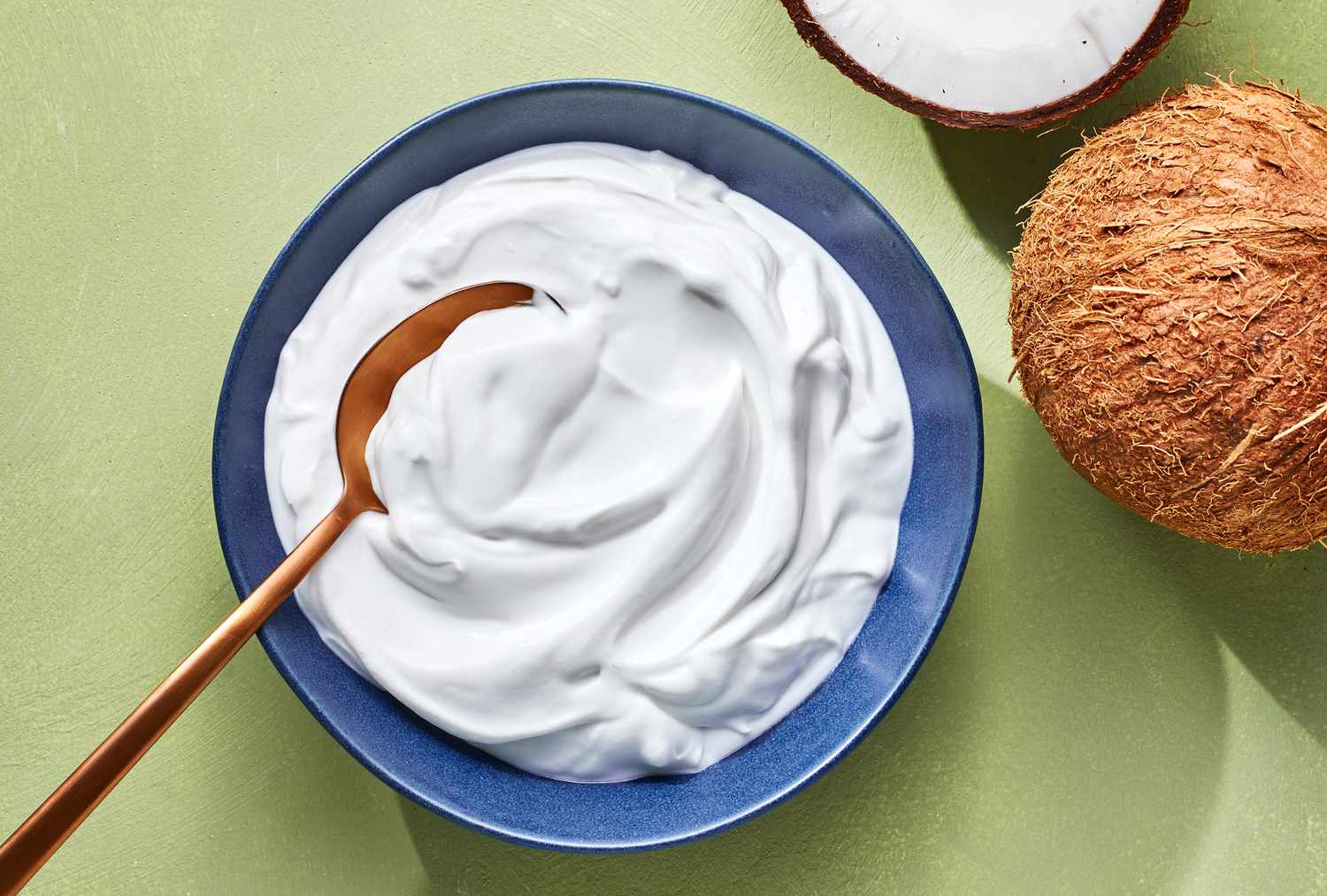
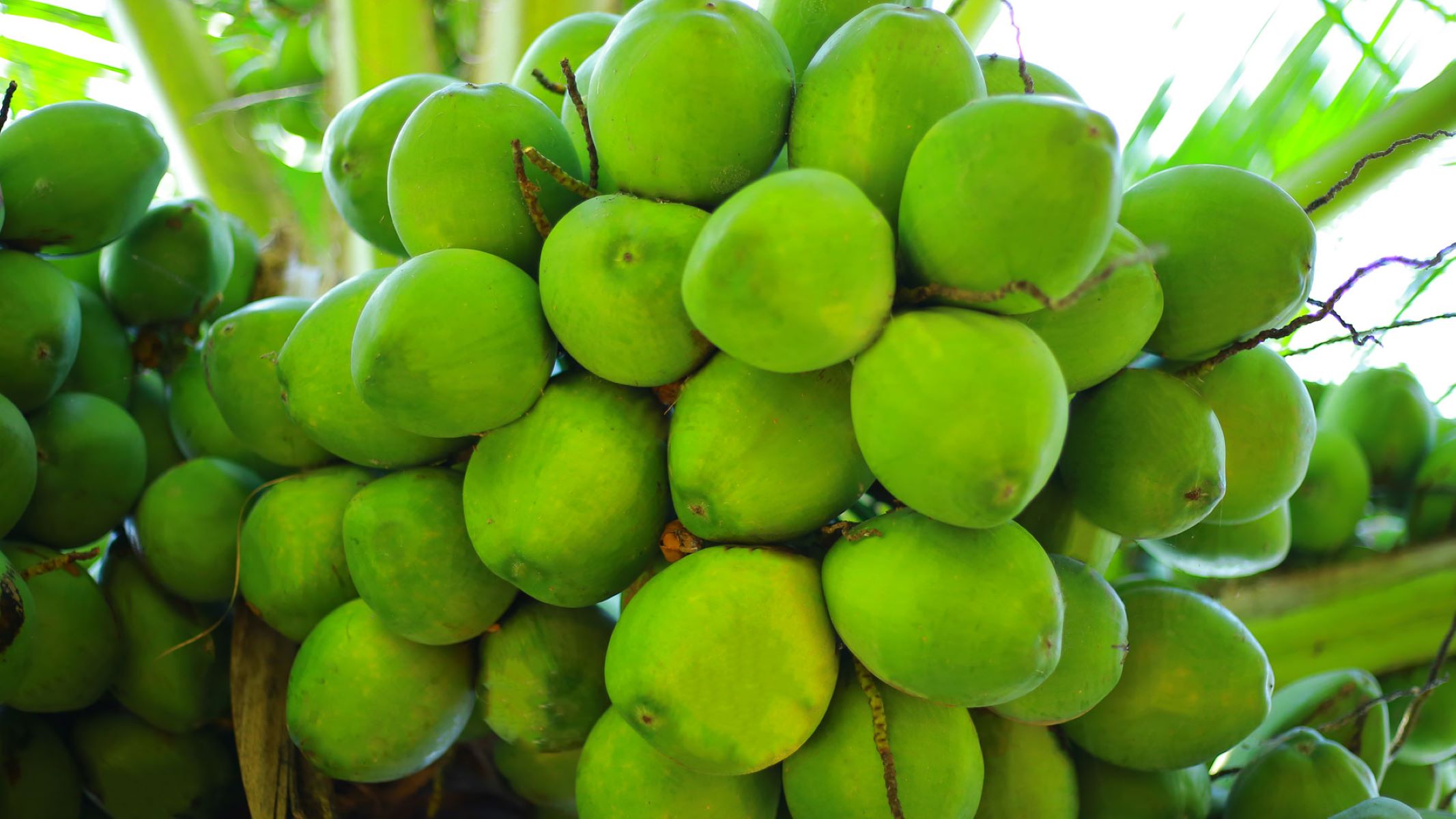
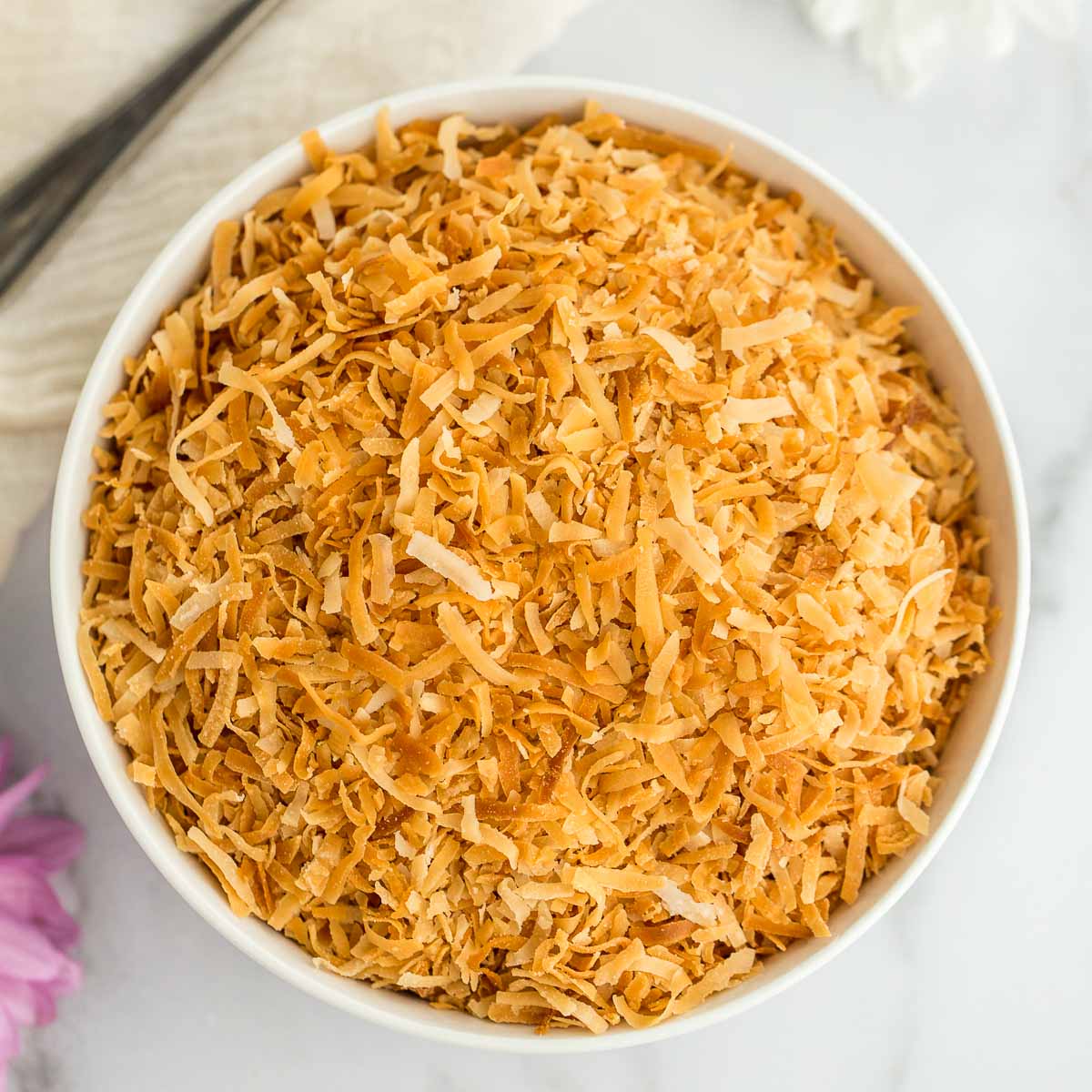

0 thoughts on “How To Store Coconut”